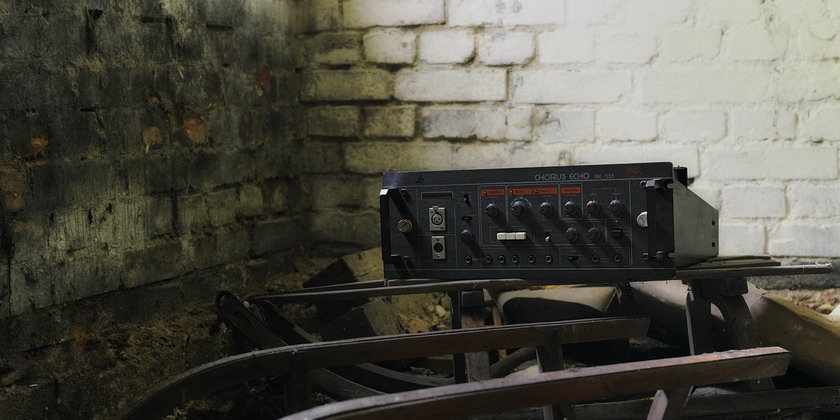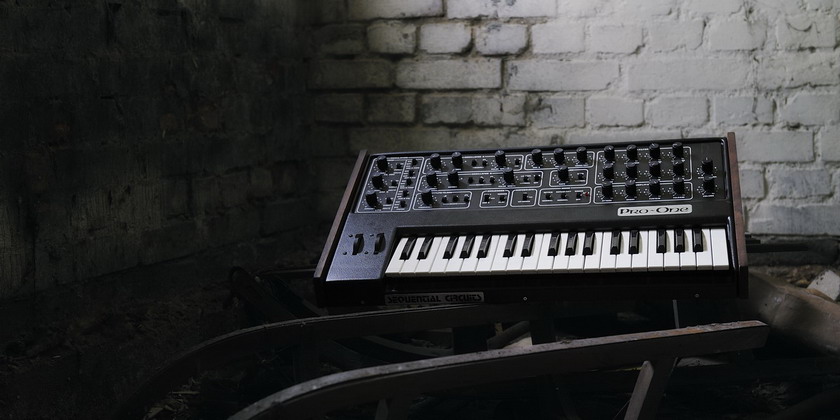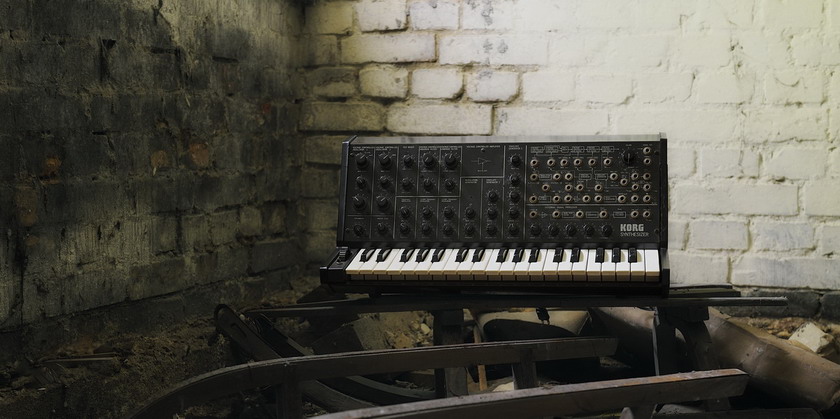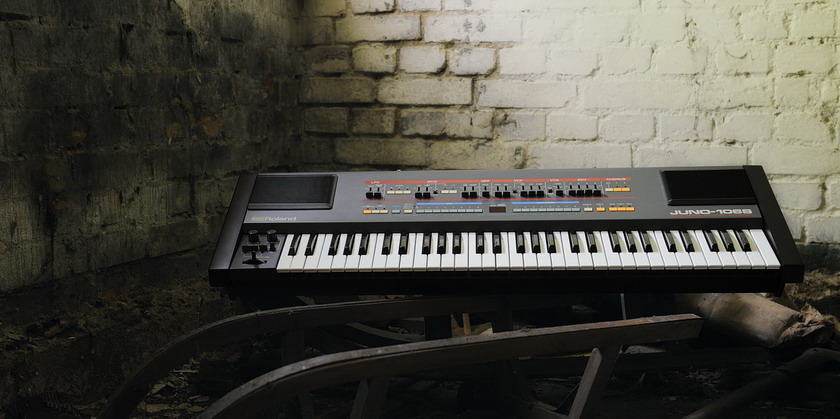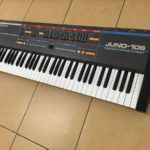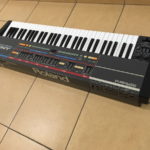Regular Roland Juno-106
Perhaps the most popular polysynth ever produced.
You might have heard terryfing stories about how unreliable or susceptible to malfunctions Juno-106 are. This is not true. Or at least mostly not true. What you could have heard is that Juno-106 have ‘problems with voices’. That is correct. We will not get technical here as it’s actually VCF/VCA integrated circuits that fail due to the fact that they have been coated with material that degenerates with age but you can rest assured that the 106 you are about to enjoy has this problem solved.
And for that very same reason, buying an unserviced Juno-106, however beautiful or even right out of the box, does not make sense. It’s like with 50 years old tyres in a car that look new – deteriorated rubber is deteriorated rubber, no magic spell or someone’s promise will change that.
To prepare a 106 that will last for years is a job that requires quite some labour and here at analogia.pl includes:
– general cleaning of outside and inside of the Juno
– replacement of all of the tactile switches on the panel
– fitting 16 brand new main panel sliders, 3 new bender panel sliders and new volume pot
– replacement of power transformer
– replacement of Roland two prong power socket with regular IEC (aka ‘computer’ or ‘kettle’) socket
– replacement of battery
– regeneration of keyboard
– replacement of all 6 filter ICs with brand new clones
– final calibration and installation of factory patches
– installation of external input to chorus – you will now be able to process your sounds through the wonderful and rich Roland chorus
REGULAR PRICE:
PLEASE EMAIL FOR PRICING AND AVAILABILITY – 106 ARE ONE OF QUICKEST SELLING INSTRUMENTS.
Prices start from 1700 EUR, depending on condition (that’s excl. VAT, add 23% VAT is applicable).
Please click on the “Contact” tab in the top right corner of the page if you are not sure whether VAT applies to you.
FREQUENTLY ASKED QUESTIONS
Q: Why do you consider the 106 the most popular polysynth? What’s so special about it?
A: I think it’s safe to assume that a huge number of records in the late 80s and early 90s onwards contain lines from the 106. It has always been quite cheap, it’s incredibly user friendly, has MIDI and a lot of memory locations. Plus it’s easy to program. Well, and it sounds great. It simply has all of the characteristics necessary to form a succesful synth.
Q: I am a complete beginner in the world of analogue synthesizers? Will Juno-106 be a good starting point?
A: Absolutely yes. I can’t imagine a better synth for a beginner. Firstly, there are millions of patches on the internet that can be downloaded and tested before you even start programming the 106. When you sart programming, you have 128 memory locations, so this will be well enough for a start. Programming itself is easy – Roland Juno line is a wonderful example of clever engineering. No hidden menus, only the most important controls and sliders that serve better visual feedback than pots. If you do not know where to start, start with a Juno. We have never heard a client complaining about this synthesizer. It is limited, of course. But you buy a 106 for the quality of sound and immediacy of results.
Q: Do I have to worry about the the typical Juno-106 ‘voice problem’?
A:No! Rest assured that all of the parts (with 80017A filter ICs to name the main culprit) have been serviced, tested and are now guaranteed.
AUDIO SAMPLES
A word on the onboard Juno-106 chorus. To show how great it sounds when processing external sounds, we fed Oberheim Xpander pad through Juno-106 and then through the ueber-classic Roland Dimension D (the rackmount unit). Will you gues which one is which? Either way you’ll admit the 106 sound pretty damn amazing.








